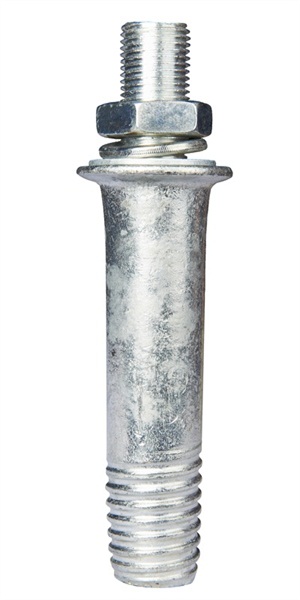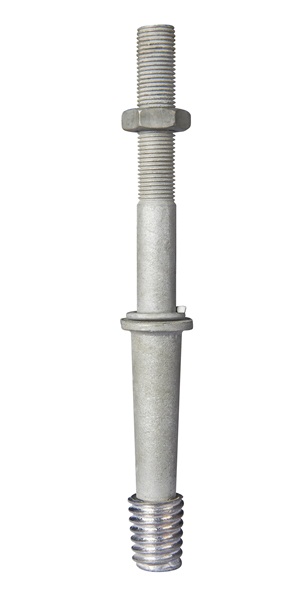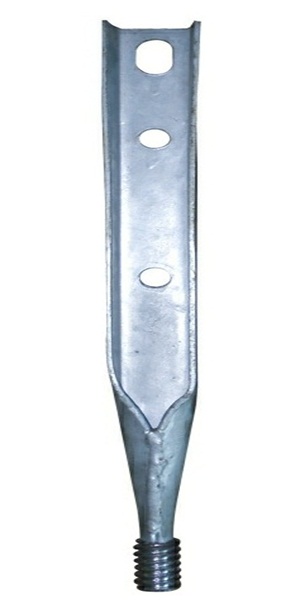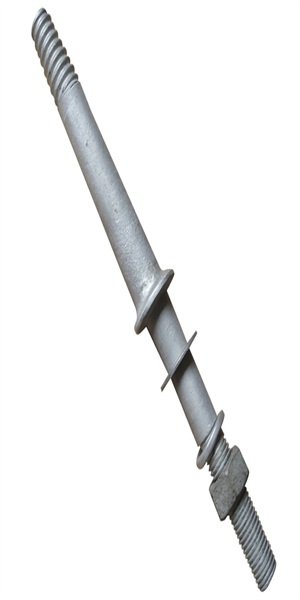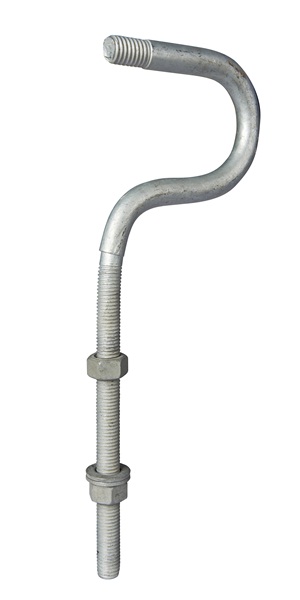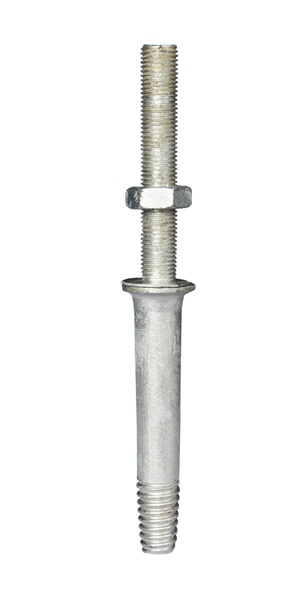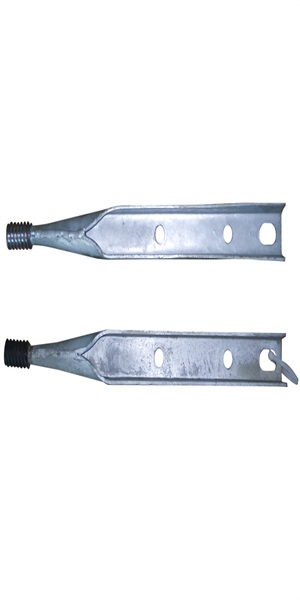This article refers to the address: http://
When an engine powered by an ignition engine is running on the road, the high-pressure ignition system of the gasoline engine generates strong electromagnetic waves, interferes with the normal operation of the radio broadcasting and radio communication services around it, and pollutes the electromagnetic environment. Since then, people have listed electromagnetic pollution as one of the three major sources of pollution (emissions, noise, electromagnetic). The International Radio Organization began to study the sources of interference in this form of high-energy pulses and proposed measurement methods and limitations. At present, the control requirements for electromagnetic pollution have been included in the technical regulations of countries around the world. After years of technical specifications, the cars running on the market have basically achieved effective control of the ignition pulse electromagnetic noise.However, with the continuous advancement and development of automotive technology, the large number of applications of automotive electronic and electrical equipment, the characteristics of automotive electromagnetic interference and its impact have also undergone tremendous changes. The source of electromagnetic interference generated by automobiles is not simply an ignition system. A variety of electronic and electrical equipment used in vehicles also generate electromagnetic interference.
The electromagnetic interference generated by the vehicle not only affects the radio equipment outside the vehicle, but also adversely affects various electronic components inside the vehicle. In the early days, people were generally concerned about the significant impact of vehicle electromagnetic interference on the electromagnetic environment. With effective governance, this effect has been controlled. In recent years, there have been many phenomena in vehicles that have a significant impact on the normal operation, safety and reliability of vehicles due to electromagnetic interference inside the vehicle, which has caused people's special attention. At present, people began to study the generation and influence of electromagnetic interference inside the vehicle and its control technology.
First, the electromagnetic interference phenomenon in the car
The sources of electromagnetic interference generated by automobiles are: high-voltage ignition systems; various inductive loads (such as motor-type electrical components); various switch components (such as flash relays); various electronic control unit ECUs; and even various lamps, radios, etc. . The interference generated by these components can cause interactions inside the car. Here are some of the actual phenomena that have occurred.
Phenomenon 1: A medium-to-high-end sedan with a high-performance ABS system. The prototype encountered a rainy day in a live test and started the wiper. At a certain speed, the ABS suddenly lost its effect.
Phenomenon 2: A certain type of domestically produced miniature car, its generator regulator often appears to be easily damaged by breakdown. It has been found that this damage is likely to occur when the wiper is working.
Analysis of the above two examples, the main cause of this phenomenon is the wiper. The wiper drive motor acts as an inductive load. When the power is cut off, a reverse current is generated and transmitted to the power supply system through the power line, thereby generating interference pulses in the power system. Some electronic components cannot work normally under such interference pulse conditions. It even caused damage.
Phenomenon 3: An airbag developed and produced in China suddenly detonated on the assembly line of a complete vehicle. After testing the electronic igniting controller of the airbag, it was found that it could not withstand the strong environmental electromagnetic field, and when there was electrostatic discharge, it would malfunction.
Second, the characteristics of electromagnetic interference in the car
The characteristics of the electromagnetic interference inside the vehicle are different from the interference of the vehicle to the outside. In-vehicle electromagnetic interference can be transmitted through various connection cables, and it can also be transmitted by means of coupling and space-assisted emission. Typical forms are: conduction interference along the power line; interference from human body electrostatic discharge to electronic components; interference energy through space radiation. The following is an analysis of the characteristics of some typical sources of interference.
Third, the engine ignition system generates interference along the power line
The circuit block diagram of the engine ignition system is shown in Figure 1. The sensor obtains the ignition signal Va, and the driving circuit generates an on-off pulse current Ib at the primary of the ignition coil, and the coil secondary generates a high-voltage pulse to discharge the spark plug to ignite the engine fuel mixture. When the primary loop of the coil changes, the primary winding generates a transient voltage, the secondary winding generates a high voltage to discharge the spark plug, and the residual energy forms high-frequency electromagnetic radiation into the space. The transient voltage in the primary loop is transmitted along the power line to the power system, interfering with the power system, producing a ripple voltage ΔV. As shown in Figure 2. Generally, the experimental results show that ΔV is 2 to 4V.
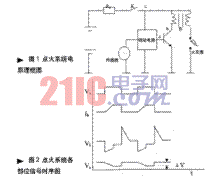
Various electronic control units used in automobiles require a stable power supply voltage for proper operation. When a voltage fluctuation (such as ΔV) occurs in the power supply system, it will affect the normal operation of the electronic module.
Fourth, the inductive load produces interference conducted along the power line
Various types of motors used in automobiles are inductive loads. Such as: wiper drive motor; car starter motor; heater motor. This type of load characteristic circuit is shown in Figure 3. When the power supply to the inductive load is suddenly cut off, a reverse transient voltage Vc is generated, as shown in FIG. The larger the initial energy storage of the coil, the faster the turn-off speed and the higher the transient overvoltage. The measured results show that Va is generally -100V to 300V; is is 0.2s to 0.5s.

Although this type of interference is not continuous, its transient voltage amplitude is quite large, and occasional occurrences can seriously affect or even damage electronic modules. The generator regulator breakdown damage described in the previous section is a serious consequence of this reverse transient voltage.
5. Interference of electrostatic discharge on electronic components in the car
The human body generates static electricity, especially in the northern part of China. The winter climate is dry and the human body is prone to static electricity. The human body static electricity will be released when it encounters some conductors. There is direct discharge, which people can't feel. When the static electricity is stored to a certain extent, it will be discharged through the air, and even a spark will be generated, and people will have a strong discharge feeling. This type of electrostatic discharge is inevitable when people use a car.
The discharge process of static electricity may be either a positive discharge process or a negative discharge process, and its discharge characteristics are shown in Fig. 5. The discharge voltage U is up to 1.5 kV to 2.5 kV; discharge time is, contact discharge: 0.7 ns to 1 ns, air discharge: 0.7 ns to 5 ns; discharge current is small, nA level.

This type of interference is characterized by: high voltage; short time; small current. The degree of interference is huge, which may cause some electronic control units to malfunction, which will seriously damage the electronic unit. The malfunction of the electronic ignition controller of the airbag as described above.
6. Mutual coupling interference between components or cables
The various cables in the car often bundle them into a bundle along the inside of the car. The transient interference in the power line is coupled into the signal line or control line to form a differential mode signal, which will affect the electronic modules such as the ECU in the car. . This is often overlooked.
Seven, radiation interference
The form of electromagnetic wave radiation that interferes with energy is familiar to people. The frequency range of interest is 150 kHz to 1000 MHz. There are also interferences in other frequency bands, and research is underway.
Eight, the suppression of electromagnetic interference
For the selection of the suppression measures of electromagnetic interference, the interference source should be considered first, and different suppression methods should be adopted according to the characteristics of different interference sources. Such as: interference of the ignition system; interference of the power supply system; interference caused by inductive or switching loads. Second, consider the route of transmission of interference, which is very important for taking effective measures. The way of interference can be: through the cable of the power supply system; through the antenna or various wires; through coupling; direct electromagnetic radiation through space. In addition, interference suppression should be sufficient to suppress costs. The general processing method limits the interference noise generated by the interference source to within a reasonable range specified; and the interfered body should have a certain ability to resist interference to achieve a state of mutual coexistence and no influence. Increasing the interference suppression without limit will increase the suppression cost exponentially, which is highly undesirable in practical applications.
The interference suppression mode of automotive electronic and electrical components generally stipulates several grade limits. Different components select a reasonable level limit according to their characteristics and usage methods to reduce the suppression cost.
A simple and effective way to interfere with in-vehicle power systems is to use the battery as a very low-impedance, high-capacity transient voltage suppressor that absorbs the interference energy generated by various transient voltages. The best way is to ensure that the battery cable is well wired. If the negative pole is grounded, the grounding resistance should be kept to a minimum. See Figure 1 and Figure 3. It should be as far as possible to ensure that the line impedance RO reaches a minimum or even zero.
For the interference caused by the coupling between cables, a cost-saving method is to properly and reasonably arrange the cables when wiring in the vehicle. The best way is to separate the ECU control line or signal line from the power line to reduce the coupling. Interference signal intrusion. In addition, the use of shielded cable is also a good way to avoid external electromagnetic interference into the control line and signal line.
For interference caused by inductive loads, the suppression can be done by paralleling a capacitor of appropriate value to eliminate reverse overvoltage. Generally speaking, there are many ways to suppress interference measures, but they are summarized as: shielding, filtering, grounding, and damping.
Nine, the conclusion
In short, the electromagnetic interference in the car and its impact are significant, related to the safety and reliability of the car. One should be aware that many of the new problems that arise in modern electronic vehicles are related to the effects of electromagnetic interference to a considerable extent. In practice, taking appropriate interference suppression measures and improving the electromagnetic immunity characteristics of automotive electronic and electrical components can effectively improve the operational reliability of automobiles.
Spindle For Insulator is a slender rod or pin used in insulators as a anchor point to connect the insulators with electrical wires or cables. The Insulator Spindle is an important part of the ceramic Pin Insulator Spindle, which determines the mechanical strength of the Insulator Long Shank Spindle. Its purpose is to fix the insulator on overhead transmission lines or substations, and can use strain clamps, U-bolts, plates and various accessories.
Advantage
1. No waste electric energy2. Large grip strength
3. Easy to install
4. Make pressure balanced
5. Smooth surface long service life
6. Versatility
We warmly welcome friends both domestic and abroad to visit our company, if you have any questions, please contact with us directly.
Insulator Spindle
Insulator Spindle,Spindle For Insulator,Pin Insulator Spindle,Insulator Long Shank Spindle
FUZHOU SINGREE IMP.& EXP.CO.,LTD. , http://www.cninsulators.com
